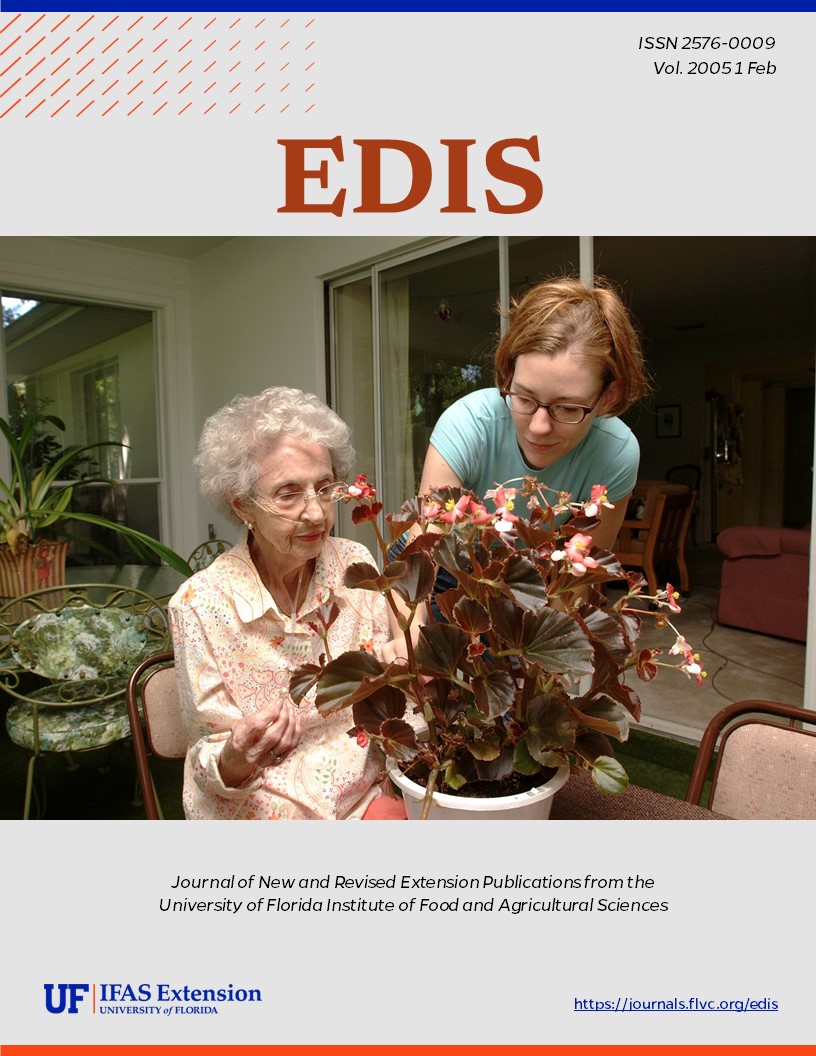Abstract
To increase the utility of land preparation, existing plastic mulch, and micro-irrigation, strawberry growers in the Plant City area often plant secondary crops among winter annual strawberries. Seeds or transplants are planted 5-6 weeks before the end of the strawberry production season, dependent on strawberry variety. This practice allows for establishment of the secondary crop while the harvesting of strawberries continues. An early start on secondary crops allows producers to take advantage of a marketing window when few other regions are producing. The most common secondary crops are squash, cantaloupe, pickles, and peppers. Strawberry is a high value, insurable crop. However, insurance policies do not allow for intercropping of strawberry with secondary crops. This practice, under current guidelines, invalidates policies. This document is HS988, one of a series of the Horticultural Sciences Department, Florida Cooperative Extension Service, Institute of Food and
Agricultural Sciences, University of Florida. Original publication date July 29, 2004.
Unless otherwise specified, articles published in the EDIS journal after January 1, 2024 are licensed under a Creative Commons Attribution-NonCommercial-NoDerivs 4.0 International (CC BY-NC-ND 4.0) license.

